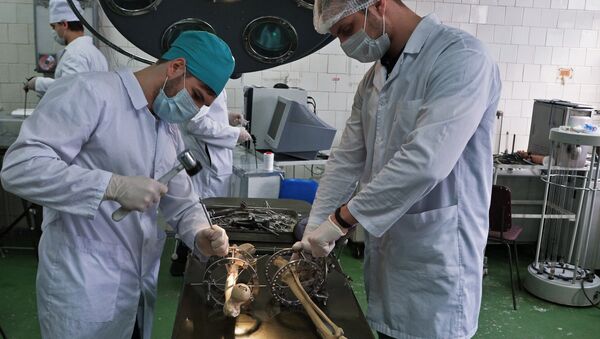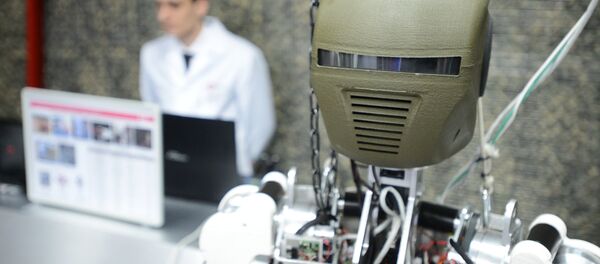According to external examiner Olle Svensson, a professor of orthopedics at Umeå University, Skaraborg Hospital used the method on the wrong types of injuries.
"The method was used somewhat indiscriminately, even, for example, for the treatment of wrist and shoulder fractures. This has resulted in very long fixation times, which in turn yielded medical treatment injuries," Olle Svensson told the Swedish tabloid newspaper Aftonbladet.
In Skaraborg Hospital, over 500 patients were treated with the Ilizarov method, and 49 cases were subsequently reported to the Swedish Inspectorate of Health Care (IVO). The doctor, who had earlier received a special award for his thesis on the very same Ilizarov method, was suspended from his job in early September. In a written comment, the surgeon dismissed the external review as "directly misleading."
"The examiner revealed personal preferences that lack both the motivation and references to what really happened," the surgeon wrote in his commentary. Furthermore, the surgeon sought help from the Medical Association's lawyers to start a new review in order to clarify the course of events.
"You must be able to talk to each other in a good and unemotional way, but this was not done," Olle Svensson said, citing Skaraborg Hospital's misuse of antibiotics and painkillers.
According to medical lawyer Mats Wikner, around 100,000 medical injuries are estimated to occur in Sweden every year, of which only 15,000 are reported, Swedish Radio informed.
The ground-breaking Ilizarov method was pioneered by Soviet surgeon Gavriil Ilizarov in the 1950s and became known in Western Europe in the 1980s.
تستخدم تقنية #إليزاروف #ilizarov في جراحة اليد و الفك لإصلاح و#تطويل_العظم pic.twitter.com/9uJqmkbwLe
— د فؤاد هاشم (@FuadKHashem) June 24, 2016
Ilizarov developed a procedure based on the biology of the bone and on the ability of the surrounding soft-tissues to regenerate under tension. His technique involved an external fixator and the Ilizarov apparatus, which was structured as a modular ring. Under the Ilizarov method, thin filaments are drilled through both bone and flesh in the damaged area, tensioned with circular frames, and connected by struts. The procedure was inspired by a shaft bow harness on a horse carriage. Originally, bicycle parts were used for the frame. Considered to be undisputedly effective against lower leg fractures with severe soft tissue damage, the Ilizarov method reduces the frequency and severity of the complications, making the surgery safer.
In the 1950s, Ilizarov's growing fame throughout the Soviet Union won him the nickname "magician from Kurgan," a city in the Urals, where the Russian Ilizarov Scientific Center for Restorative Traumatology and Orthopaedics was established.
@charleyboorman is that an Ilizarov frame you have covered up whilst on the wheelchair? pic.twitter.com/EJTi5b8GnS
— Dan K (@spikekellyRM) June 14, 2016
In 1968 Ilizarov successfully operated on 1964 Olympic champion Valeriy Brumel, a long-time world record holder in the men's high jump who had injured his right leg in a motorcycle accident. Before coming to Ilizarov, Brumel had spent years on unsuccessful treatments in various clinics and underwent numerous surgeries.
In 1980s, during the Cold War era, Ilizarov treated Italian mountaineer and explorer Carlo Mauri for an incorrectly healed fracture, who later dubbed Ilizarov "the Michelangelo of Orthopedics."
Me despedindo desse aparelho que salvou minha perna, e que sou eternamente grata. #ultimodia #ilizarov 💜🚀 pic.twitter.com/awwOr2HhRt
— je (@jezinha_m) March 31, 2016




